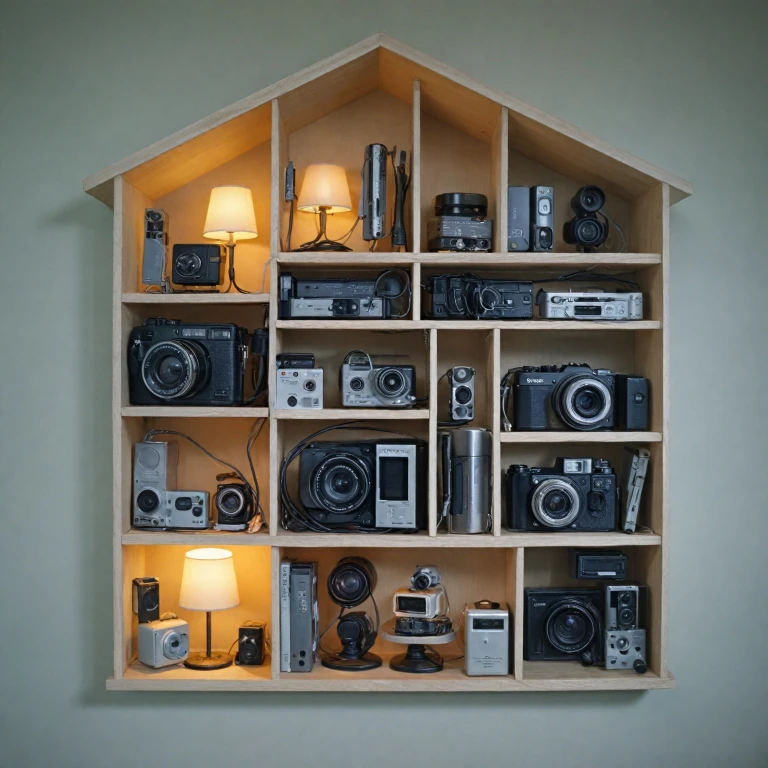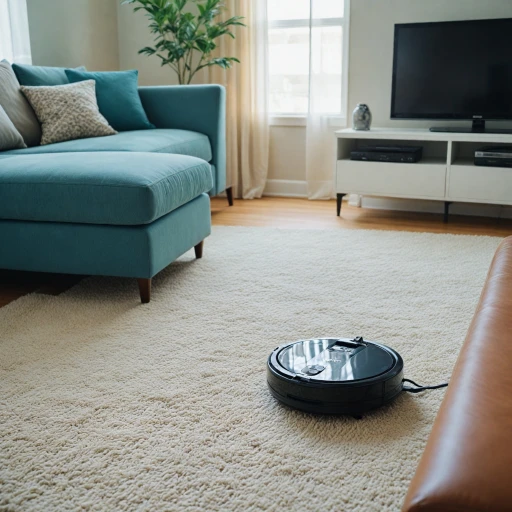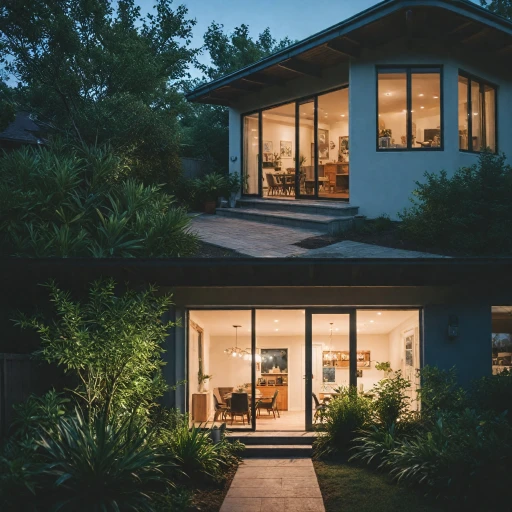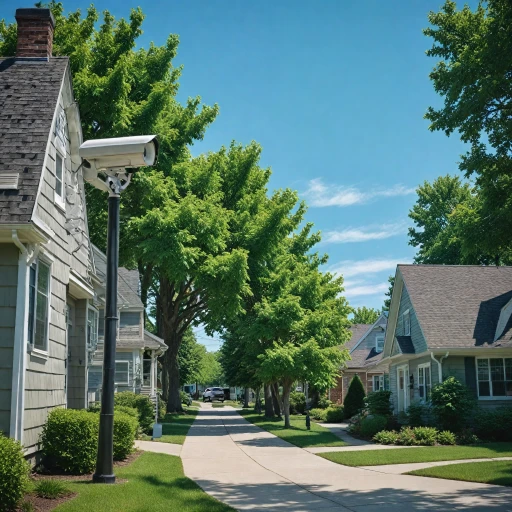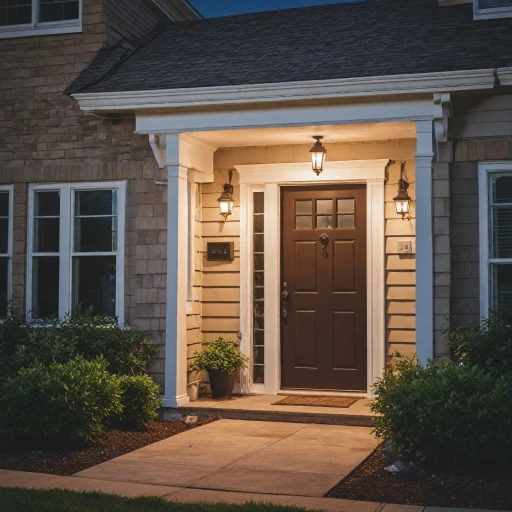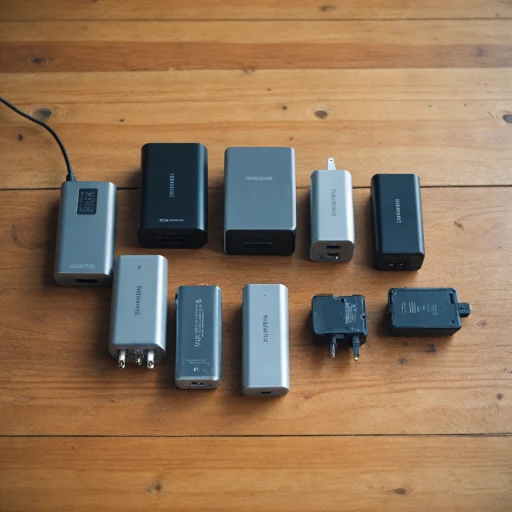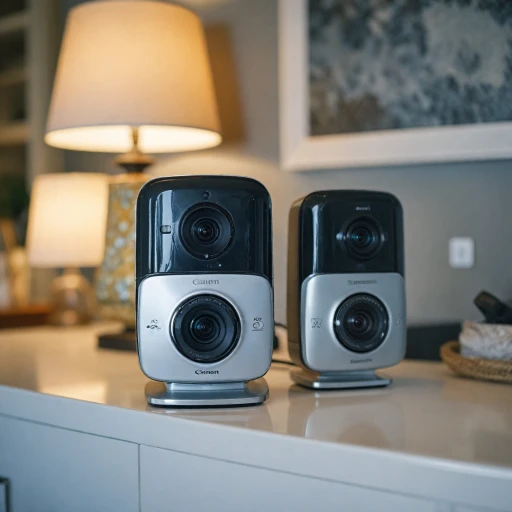
Wired vs. Wireless Camera Connections
Choosing Between Wired and Wireless
When considering the installation of security cameras for your home, deciding between wired and wireless camera connections is a crucial step. While both options aim to ensure the security of your property, they do so through different means, each with distinct advantages and limitations. Wired systems rely heavily on cables like coaxial cable or Cat cable, which directly connect each camera to a recording device or monitor. These types of connections are generally known for their reliable and stable video quality. A wired system often requires BNC connectors or a combination of coaxial cable and siamese cables to handle both video and power supply through one line, simplifying installation and maintenance. This can be particularly advantageous in larger properties or with more complex security needs, where consistent high-quality footage is paramount. Wireless cameras, on the other hand, utilize a network connection to transmit video and audio. Utilizing Wi-Fi or Bluetooth, they reduce the need for extensive camera wiring, making them easier to install in various locations without drilling or significant structural modifications. The absence of physical cables also allows for greater flexibility in camera placement. However, their effectiveness is heavily dependent on the strength and reliability of your network, which may require supplementary network enhancements or configuring devices to ensure uninterrupted service. Both wired and wireless systems come with specific power requirements. Wired cameras might rely on a centralized connection, while wireless options often use power sources like batteries. These power supply options must be considered when deciding which type of camera system will work best for your home security setup. Whether you choose wired or wireless, each system plays a pivotal role in fortifying your home security strategy. To dive deeper into the importance of camera cables and connectors, you can read more about understanding the importance of CCTV camera cords in home security.Network Considerations for Security Cameras
Optimizing Your Network Setup for Enhanced Security
When configuring your home security camera system, network considerations play a pivotal role in ensuring seamless video transmission and reliability. Utilizing the right camera cables and connectors is crucial. Various cable types, such as Ethernet cables and coaxial cables, determine how efficiently your system transmits video.
For IP cameras, relying on Ethernet cables like Cat5 or Cat6 is common, facilitating both data and power through Power over Ethernet (PoE) solutions. This approach reduces the need for separate power cables, simplifying installation and minimizing clutter.
Analog CCTV cameras often depend on coaxial cables, with BNC connectors used for secure connections. For situations requiring both power and video transmission, a siamese cable combines both functionalities into one cable, enhancing convenience.
Assessing your overall security system structure will help determine the type of network connection (wired or wireless) best suited for your needs. Evaluating your network capacity and speed ensures that your security cameras can transmit high-definition video without lag, offering real-time surveillance and protection.
Troubleshooting common network issues, such as interference and signal degradation, is crucial for maintaining a robust security system. Ensuring your camera wiring is compatible and updated prevents unnecessary complications.
To further grasp integrating security cameras while ensuring compliance with regulations, consider delving into our insights on understanding which cameras are compliant with NDAA regulations.
Integrating Cameras with Smart Home Systems
Seamlessly Integrating Cameras with Modern Smart Home Ecosystems
Integrating your security camera system with a smart home ecosystem can elevate your security and surveillance capabilities. To ensure a seamless integration, it's vital to comprehend the intricacies of connections, whether wired or wireless, the network considerations necessary, and the type of power supply. Choosing the right connection type is pivotal. Several systems offer plug-and-play solutions that are easy to integrate, often utilizing ethernet cables or cat cables for network connections. Ethernet connectors are a popular choice for network cameras as they streamline video and audio transmission with minimal latency. Data privacy and security are paramount when integrating cameras into smart systems. Many modern security cameras offer encrypted data transmission to protect your footage as it traverses the network. Ensure your smart home system is compatible with the encryption standards of your CCTV cameras. Furthermore, it's essential to consider the compatibility of your security system with existing smart home devices like smart locks, alarms, and lighting. Some security camera models can seamlessly integrate with virtual assistant devices, enhancing functionality through voice commands. When enhancing home safety with comprehensive security solutions, consider services and products from reliable providers. For more insights on integrating smart home systems with top-tier security solutions, visit Security Systems CCTV. Understanding the power supply options is also crucial. Whether your system relies on powering through main electricity or PoE (Power over Ethernet), those elements should be considered in conjunction with your connectivity. A combination of thoughtful selection of camera cables, connectors, and auxiliary components will make a significant difference when it comes to the efficiency and reliability of your smart home integration.Power Supply Options for Security Cameras
Ensuring Consistent Power for Your Security Cameras
When setting up a security camera system at home, one of the critical aspects to consider is the power supply. A consistent power source is crucial for maintaining the functionality and reliability of your security cameras. There are several power supply options available, each with its own benefits and drawbacks.- Wired Power Supply: This traditional approach utilizes cables to deliver power to your security cameras. Commonly used in larger camera systems, wired setups ensure a steady and constant power supply. This method often employs coaxial cables or BNC connectors that transmit both video and power, sometimes in the form of siamese cables that combine both functionalities. Wired security cameras are known for their reliability but can be more challenging to install due to extensive camera wiring.
- PoE (Power over Ethernet): A modern solution, PoE enables ethernet cables to carry both data and power to network cameras. This method simplifies the installation process by reducing the need for multiple cables, as a single cat cable or ethernet cable can handle both data and power needs. It makes network considerations more seamless, given the effectiveness of ethernet connections in transmitting both power and video data. Ethernet cables are known for their capability to manage higher data loads, making them an ideal choice for high-resolution CCTV cameras.
- Wireless and Battery-Powered Options: While offering flexibility in terms of placement, wireless cameras depend on a continuous Wi-Fi connection, which sometimes can be inconsistent depending on your network setup. Battery-powered cameras add another layer of flexibility since they don’t require any additional cables connectors, making them optimal for areas where cable installation is impractical. However, maintaining battery life and regularly changing or charging batteries could be a concern over time.
Data Storage and Privacy Concerns
Privacy and Data Management in Security Cameras
When it comes to security cameras, one of the key considerations is how to manage data storage and ensure privacy. The type of camera system you install, whether it utilizes wired or wireless camera connections, can significantly impact your privacy protocols and data handling processes.
Firstly, consider how your cctv camera stores video footage. Options include local storage, usually via a DVR or NVR, or cloud storage. Local storage might necessitate cables connectors such as bnc connectors for coaxial cable, or ethestreamxnet cables, while cloud storage relies on an internet connection.
- Local Storage: This involves storing the recorded data on premises using a DVR or an NVR connected through coaxial cable or siamese cable, which combines both video and power in one cable. It offers the advantage of keeping data within the user's control but requires managing physical hardware, including periodic backups.
- Cloud Storage: Provides a more flexible option with minimal hardware investment, but it raises concerns around data privacy since the data is transmitted over the internet. Look for cloud services that offer end-to-end encryption to sufficiently protect your security camera footage.
When integrating your camera system into a network, especially one involving smart home systems, network security becomes paramount. Ensure that the network camera is secured with strong passwords and consider segmenting your home network with a VLAN or using a secure router to prevent unauthorized access.
Finally, you should address data privacy. Review the privacy policies of storage providers, particularly those involved in cloud storage, and examine their data handling practices to ensure they align with your privacy expectations. Staying informed and proactive in security practices ensures that your security system will not only protect your property but also the personal data associated with it.
Troubleshooting Common Connection Issues
Addressing Connectivity Hurdles: Troubleshooting Tips for Security Cameras
When setting up a security camera system, connectivity issues are a common occurrence that can invariably disrupt your setup. Whether you're dealing with wired cameras or wireless systems, understanding the potential hiccups can make a significant difference.- Wi-Fi Interference: One of the most noticeable issues with wireless camera connections is signal interference. Large appliances, walls, and even other wireless networks can weaken your camera's network connection. Optimize your video quality by ensuring your camera is positioned as close as possible to your Wi-Fi router. Consider using ethernet cables for a more stable connection, if feasible.
- Cable Issues: Wired cameras are not immune to problems either. Faulty or damaged cables, such as coaxial, siamese, or cat cables, can lead to poor video quality or no video feed at all. Regularly check the integrity of your cables and connectors to ensure they're functioning correctly. BNC connectors, for instance, should be tightly fastened for both video and power connections.
- Network Overload: With multiple cameras, your network could become bogged down, affecting your system’s performance. Evaluate the network capacity to ensure it can handle the data load. If necessary, upgrade your network hardware to manage more bandwidth-intensive tasks.
- Power Supply Checks: Without a reliable power source, even the most advanced camera systems can experience issues. Verify your security cameras receive a steady power supply; using a siamese cable might simplify this by providing both power and video in one line. Consider "plug and play" systems that simplify the wiring process.
- Software and Firmware Updates: Regular updates are crucial. These updates often fix bugs, enhance security, and can resolve connectivity issues. Keep your camera’s software and any associated apps or systems up-to-date for optimal performance.

